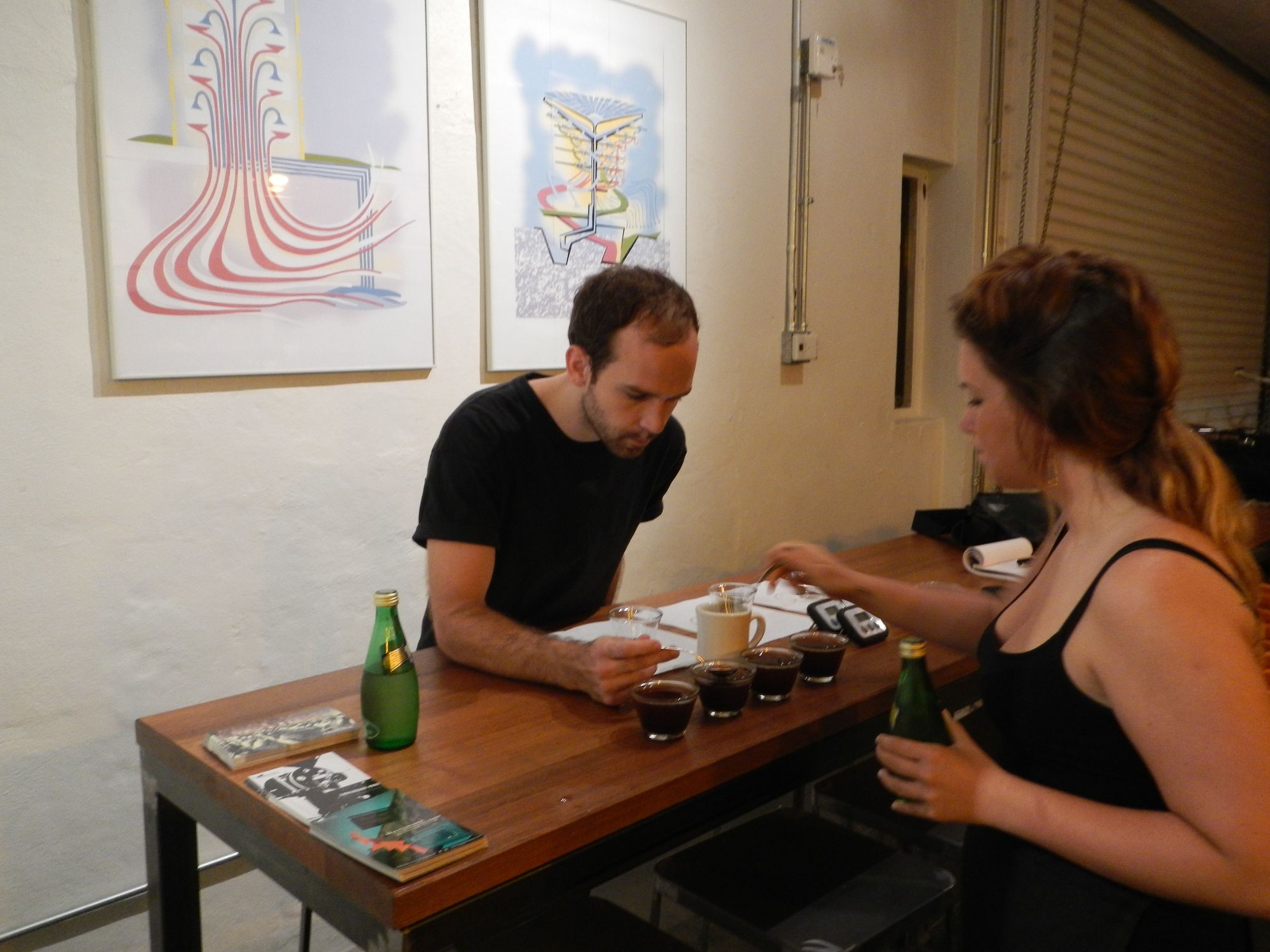What it takes: Barista Cup
4:00 AM. The streets of Miami are dark. A loan beacon of light stands out of the twilight haze. I drive, sleepily, towards the light.
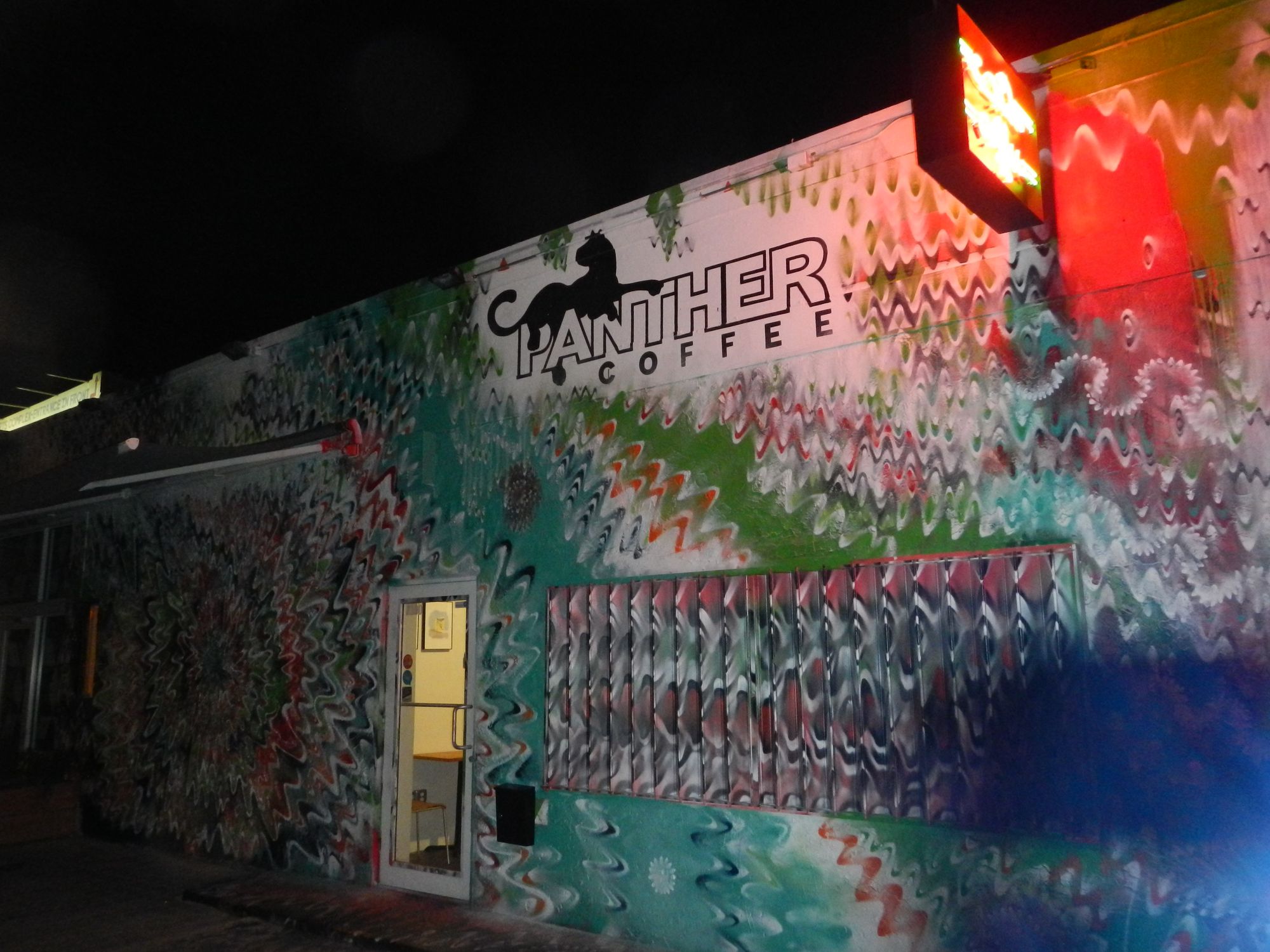
Panther coffee is deserted save for Ryan Hall, Camilla Ramos (2012 South East Region Barista Finalist), and myself. I’m here to help Ryan train for the Barista Cup, a competition pitting the best Baristas in the industry against each other and coffee they’ve never tasted.
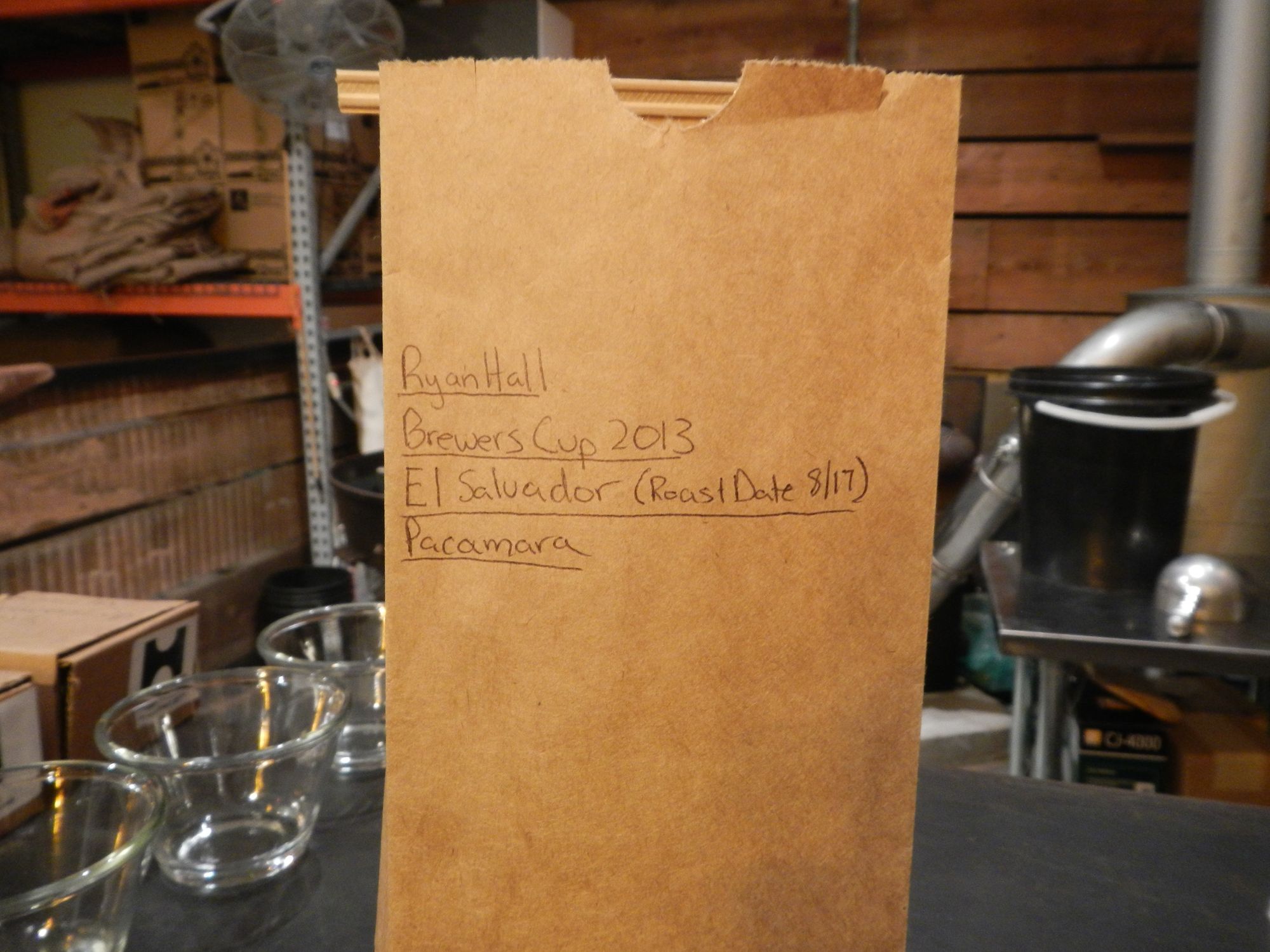
4AM is when the cafe is quiet, our measurements precise, and the experiments uninterrupted. This, my friends, is what it takes.
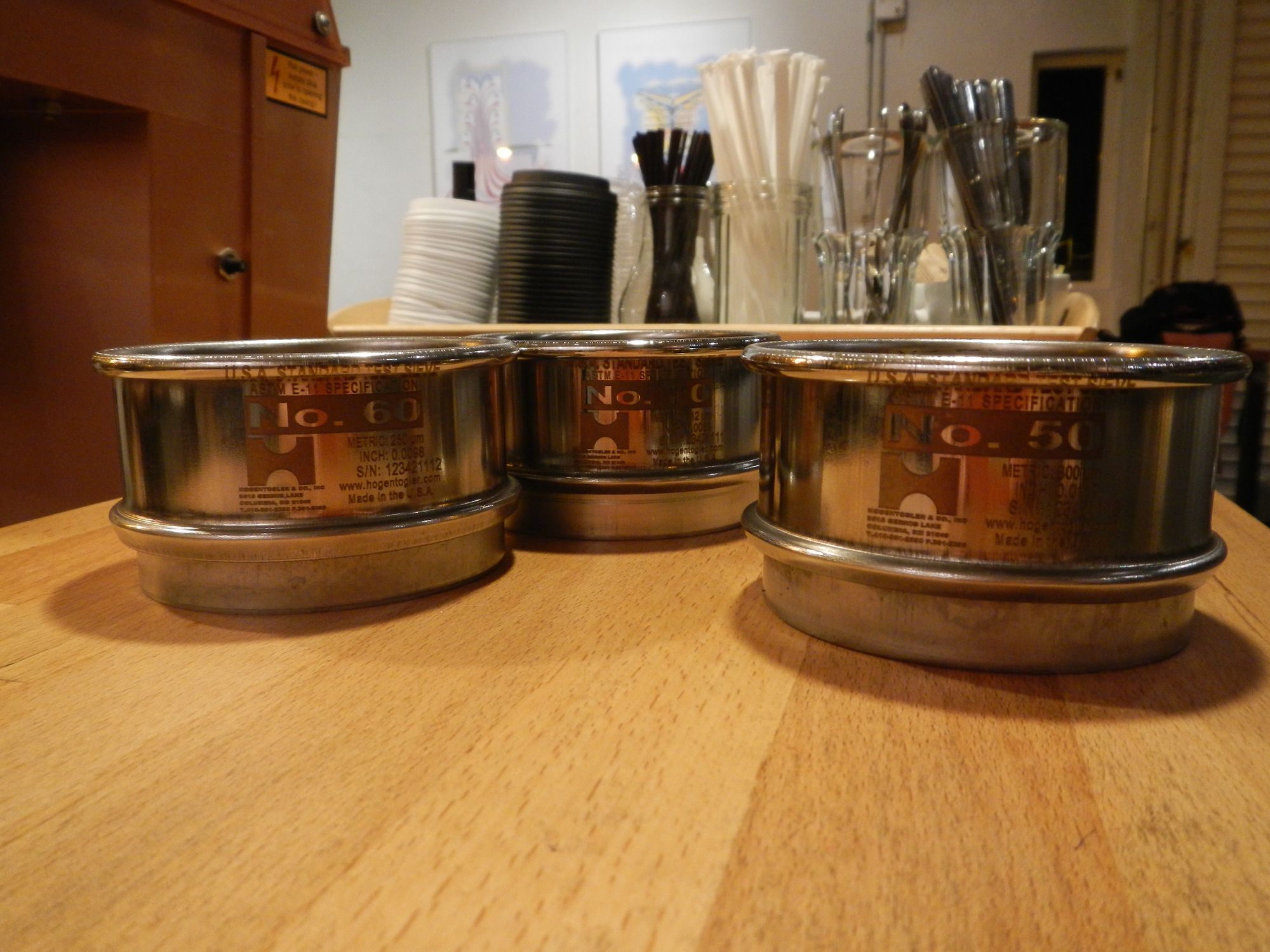
Ryan has a not-so-secret weapon up his sleeve; the use of Sieves to remove the fine particulates made from variations in grind. These particulates extract faster than the rest of the grinds and often escape from the filter, muddying the bottom of your fine pour over and adding unwanted flavors as they continue to seep. This was the method used by the 2012 Barista Champion Matt Perger.
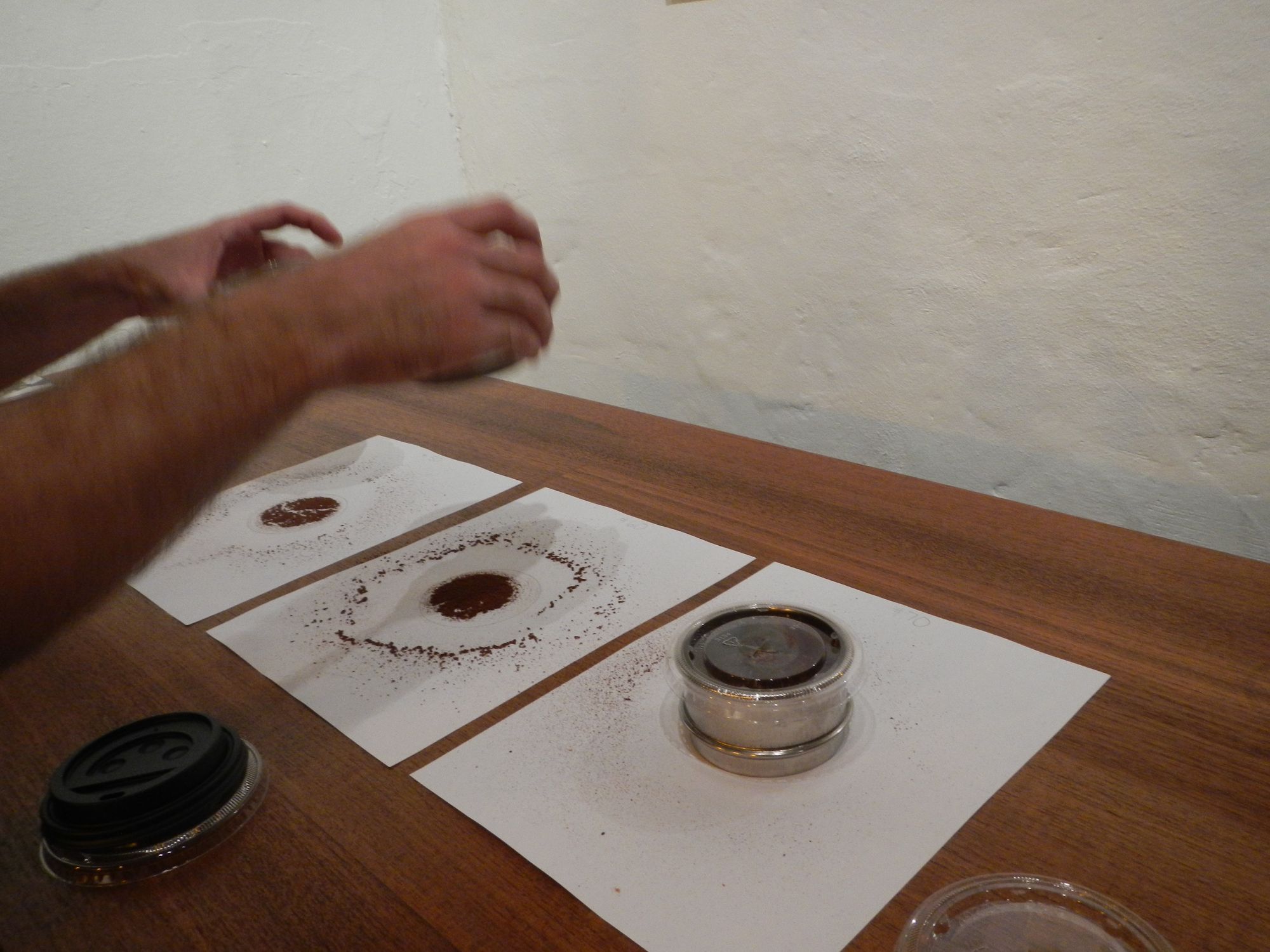
There is argument on both sides over how much of a difference the micro-particles make, ranging from none to award winning. I personally believe, and will eventually test, that they make a difference during brewing, but do not yield detectable flavor by continuing to seep in the cup; their removal is purely aesthetic, which is to say also very important. In this experiment, we used the cupping methodology to test the differences in flavor profile by sieve size and compared all of them with an un-sieved standard.
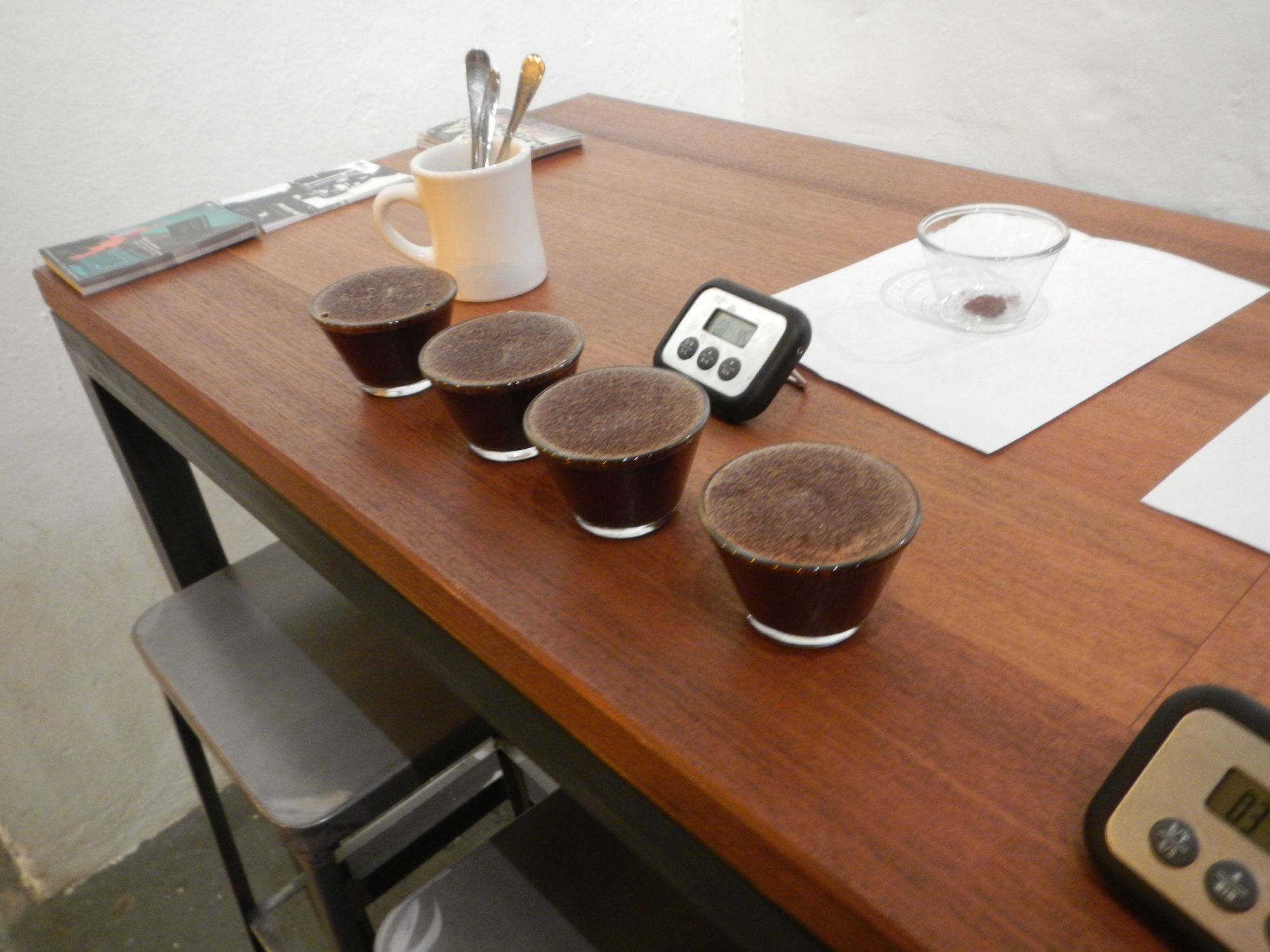
Results: Excellent. The coffee flavor gained clarity, and was much cleaner in in the cup. But, as always, drawing conclusions from a single test, with only 3 tasters and one sample per sieve size is not generalizable; sensory science is a data heavy subject! Perhaps then, dear reader, you will allow me to generalize in saying coffee tastes better at 9AM than it does at 4AM.
